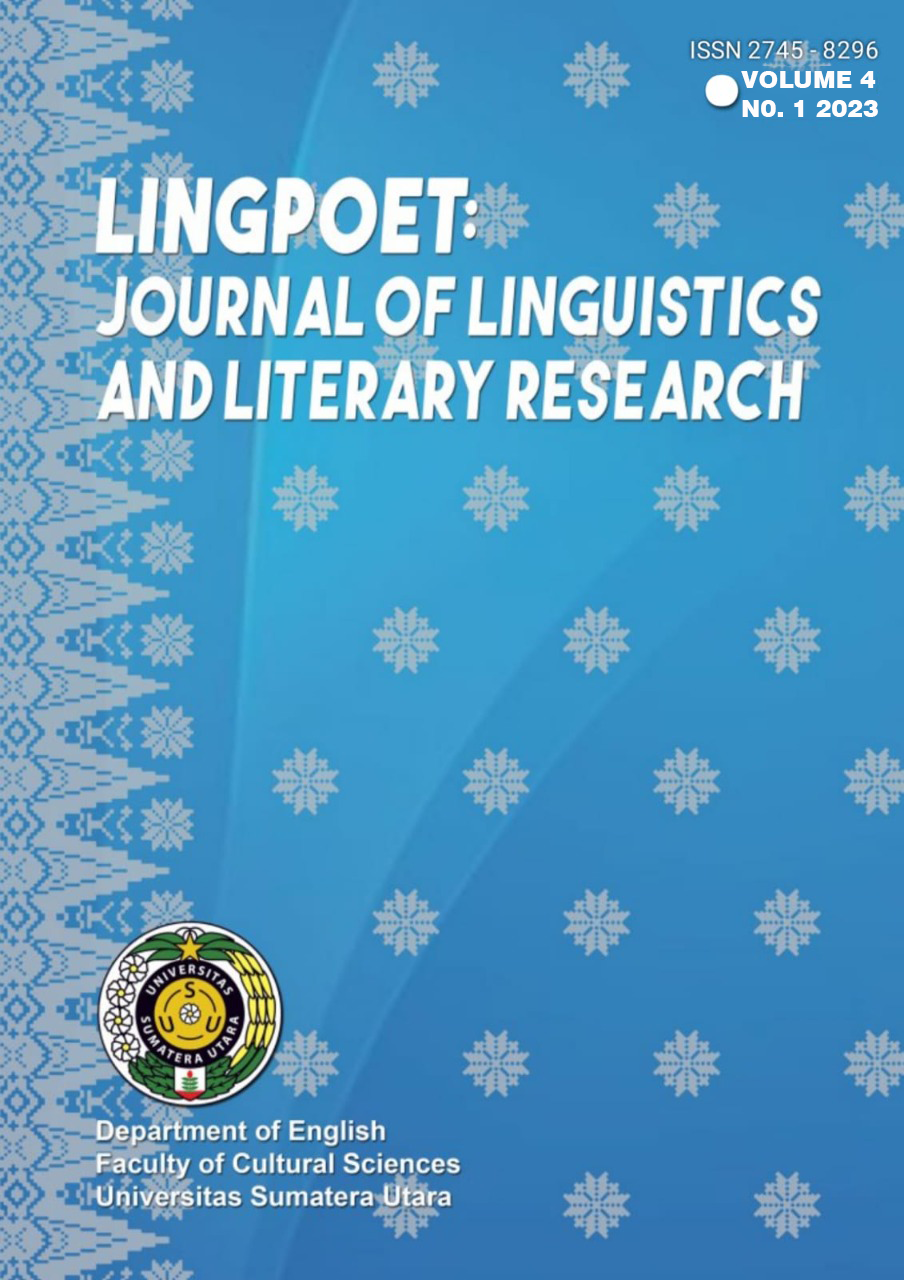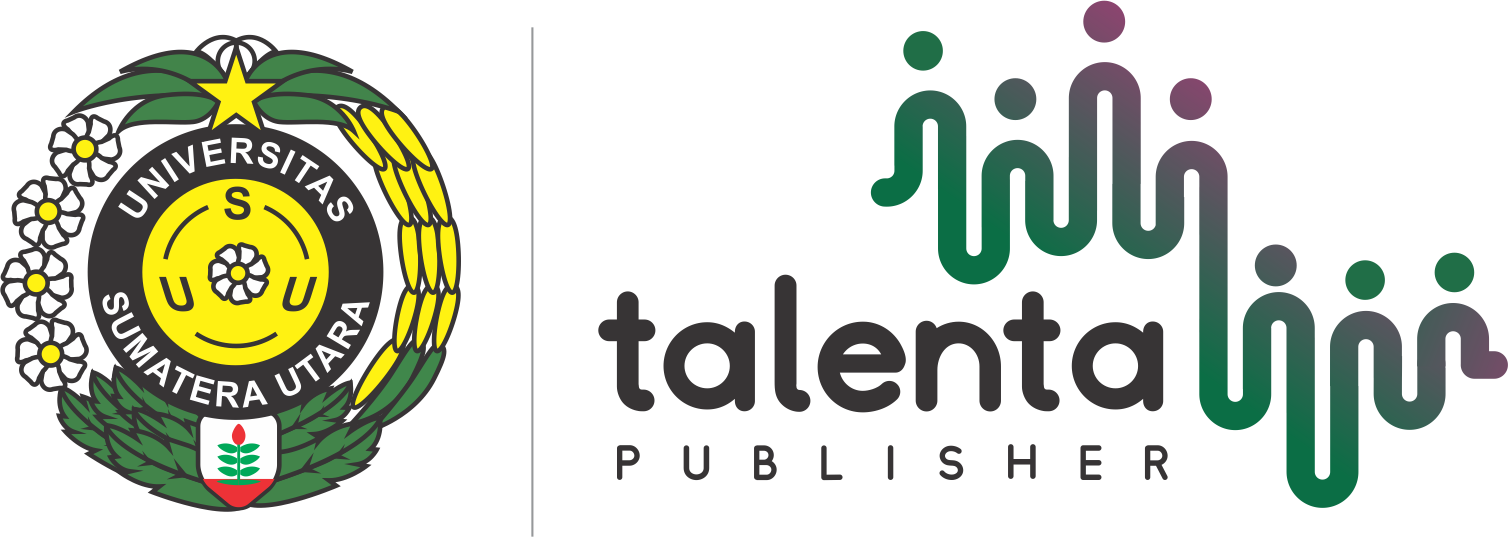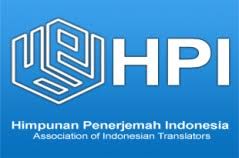Batak Traditional Houses as a Source of Ideas in the Creation of Written Batik
Keywords:
traditional house, visualization, engineering, design, written batikAbstract
The source of the ideas underlying this research is the uniqueness and uniqueness of the traditional house ornaments of the Toba Batak, Malay, Karo, Simalungun, Pakpak, Mandailing, and Nias traditional houses. The interest that emanated from the form of traditional house ornaments gave rise to motivation and inspiration to explore, design, and create in the form of creative batik motifs in North Sumatra. Engineering the aesthetic elements of traditional Batak Toba, Malay, Karo, Simalungun, Pakpak, Mandailing and Nias traditional houses as a real business using a development research scheme. The creation process goes through three stages, namely exploration, design, and embodiment. The batik technique uses written batik on mori cotton cloth and coloring with the dab technique. The work is in the form of batik clothing. Batik clothing with the Pakpak Dairi traditional house applies this type of motifconical inflorescence,perkupkup manun,siwaluh villageAndconical inflorescencewith the results of quality tests for modification of motifs, development of motifs, characteristics of motifs, neatness of cantings, coloring, and work models obtaining an average score of 90. Karo ornament batik applies the type of traditional house motif siwaluh jabu,mangosteen pantil,close the dice, Andcimba lau, with the results of quality tests of motif modification, motif development, motif characteristics, print neatness, coloring, and work models obtaining an average value of 90.22. Simalungun ornament batik has a traditional house motifstupid,hail putor,hair uow,Andpatundal thighswith the results of quality tests of motif modification, motif development, motif characteristics, print neatness, coloring, and work models obtaining an average value of 88.91. Toba Batak ornament batik has vizbolon house,simataniari,simeol-eolAndipon-iponwith the results of quality tests of motif modification, motif development, motif characteristics, print neatness, coloring, and work models obtaining an average value of 90.27. Mandailing ornament batik applies a type of motifgoddamn goodin jungleagodangmandailing,Burangir, Bindu, Gimbangand lotus flowers with the results of quality tests on motif modification, motif development, motif characteristics, inscription neatness, coloring, and work model obtaining an average score of 89.88. Nias ornamental batik has motifs such as:omg hada,niotalinga woli-woli,niotalakhoi(niotawolo),niohuluyo, niogama and niosolafigawith the results of quality tests of motif modification, motif development, motif characteristics, print neatness, coloring, and work models obtaining an average value of 89.38.
Downloads
References
Atmojo, W. T. (2010). Batak Traditional Ornaments in Batik Techniques. Panggung National Accredited Journal: Scientific Journal of Arts & Culture, 20(0), 2.
Atmojo, W. T. (2011). Souvenirs Based on Batak Ethnic Art. Journal of Stage, 21(03), 329–339.
Bella, D., & Wiana, W. (2022). Exploration of Leapan Techniques on Party Dresses Using Bolon House and Tien Orchid Flowers. Da Moda Journal, 3(2), 44–51.
Br Tarigan, L., Malau, L., Purba, A., & Naiborhu, M. (2023). The Relationship between Understanding the Value of Gotong Royong with Attitude of Care for The Environment in Suka Village, Kec. Three Regency. Karo Tahun 2022. Journal of Pancasila and Citizenship Education, 5(1), 10–17.
Hasugian, V. S. L., & Mesra, M. (2021). Analysis of The Implementation of Traditional Karo Ornaments in The Inculturative Catholic Church of Berastagi Artchive: Indonesia Journal of Visual Art and Design. Artchive: Indonesia Journal of Visual Art and Design, 2(2), 1–6.
Hendrawati, S., Ramadhan, R., Chaerunisa, N., & Limayucha, S. A. (2021). Introduction to The Development of Tedjo Batik in The Globalization Era Indonesian Collaboration. Indonesian Collaboration Journal of Community Services, 1(4), 185–196.
Hermita, R., & Sianturi, N. E. (2020). Application of Gorga Motif Ornaments on Wall Decorations. PROPORTION: Journal of Design, Multimedia and Creative Industries, 6(1), 44–55.
Karlina, C., & Rusanti, I. (2021). Application of the Toba Batak Gorga Motif in Bride’s Clothing with Embroidery and Sequin Techniques. BAJU: Journal of Fashion & Textile Design Unesa, 2(2), 44–52.
Kudriya, K. (2019). Creativity in Batik Design. ITB Press.
Mubarat, H., & Ilhaq, M. (2021). Nirmana Study as a Creative Process in Visual Aesthetic Dynamics. Art Expression: Journal of Science and Artwork, 23(1), 125–139.
Mufidah, L. I. (2020). Horizontal Dimension-Based Multicultural-Based Community Development. Lentera Journal: Religious, Scientific and Technological Studies, 19(1), 114–130.
Rajudin, R., Miswar, M., & Muler, Y. (2020). Methods of Creating Representational, Symbolic, and Abstract Forms (Studies of Creation of Pure Art Works in West Sumatra, Indonesia). Gorga: Journal of Fine Art, 9(2), 261–272.
Rezeki, S., & Fatria, F. (2021). Analysis of the Meaning of Simalungun Uhir/Ornament and Its Application to Simalungun Society. Jurnal Syntax Imperatif: Journal of Social Sciences and Education, 2(3), 186–194.
Safitri, N. D., Karuni, N. K., & Artayani, I. A. G. (2022). Implementation of Archipelago Motives In Creating Batik Works at CV. Tarum Bali Sejahtera. Hastagina: Journal of Craft and Creative Industry, 2(01), 24–33.
Sandi, S. P. H., Riswanto, T., Raharjo, L., & Aminah, D. P. S. (2020). Benefits of The Traditional EB Batik Crafts Industry on The Economy of Surrounding People. Journal of Management and Accounting Students, 1(1).
Sianturi, D. (2022). Gorga Boraspati in Toba Batak Culture as an Idea for Creating Painting Works. Gestus Journal: Art Creation and Assessment, 2(2), 62–71.
Siburian, T. P. (2022). Visual Forms and Symbolic Meanings of Gorga Batak Toba. Journal of Contemporary Indonesian Art, 8(1), 49–57.
Sinaga, R. A., Wartika, E., & Dwimawarti, R. (2020). Exploration of Marwah Gorga in the Work of Cultural Documentary Films from the Earth Batak. Screen: Scientific Journal of Seni Media Rekam, 7(1), 47–62.
Solemede, I., Tamanea, T., Selfany, R., Solemede, M., & Walunaman, K. (2020). Recovery Strategy for Cultural Tourism Potential in Maluku Province. Journal of Religious Social Sciences, 1(1).
Sugiyono. (2020). Qualitative Research Methods: For research that is exploratory, enterpretive, interactive, and constructive. Alfabeta.
Susanti, K., & Azhar, F. (2020). Introduction to the Batik Process as an Effort to Preserve Written Batik. SENADA: National Spirit in Service, 1(1), 97–106.
Susetyawati, M. E. (2022). Ciprat Batik Making for Increase Community Creativity During The Covid-19 Pandemic. Indonesian Journal Of Community Service, 2(4), 434–442.
Syamsudin, A., Arifin, N. A., & Marti’ah, S. (2021). Designing Educational Applications for Traditional Indonesian Traditional Houses Based on Android. Journal of Informatics Student Research and Applications (JRAMI), 2(02), 296–302.
Utami, S., Ariesta, I. B. B., & Dewi, N. P. (2022). Eco-Print Hapa Zome on Textiles As Antithesis Environmentally Unfriendly Textile Dyestuff. Art Expression: Journal of Science and Art, 24(1), 67–82.

Downloads
Published
How to Cite
Issue
Section
License
Copyright (c) 2024 LingPoet: Journal of Linguistics and Literary Research

This work is licensed under a Creative Commons Attribution-ShareAlike 4.0 International License.












